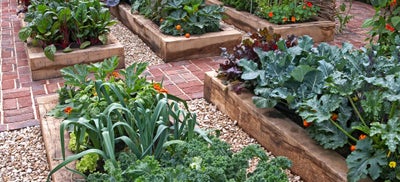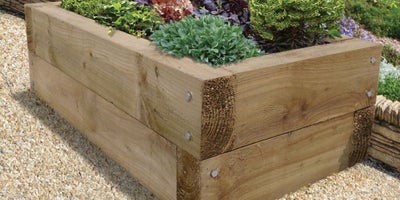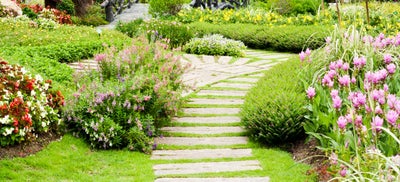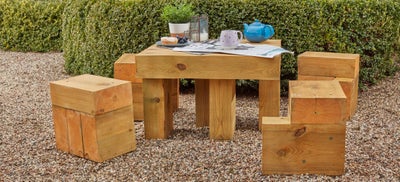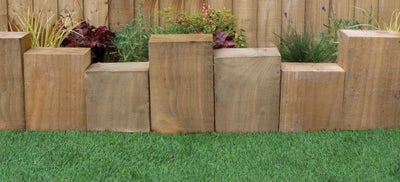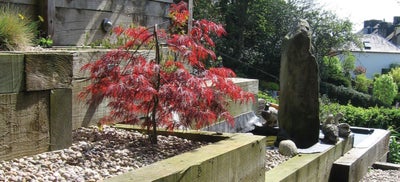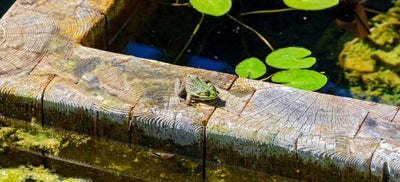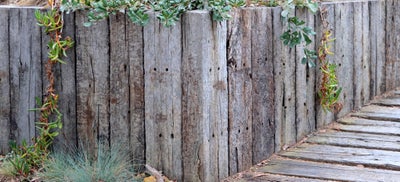10 ways to use sleepers in your garden
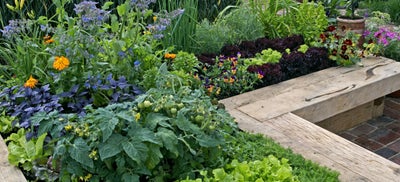
Versatile, sturdy and budget-friendly, garden sleepers are a fantastic choice for landscaping projects. Ideal for contemporary builds or adding natural design elements to your garden, sleepers can be used for anything from planting to construction.
Once you have mastered the basics of working with sleepers the creative options, projects and finishes are endless. If you’re looking for inspiration or ready to take on your next project, find our 10 favourite ways to use sleepers in your garden.
